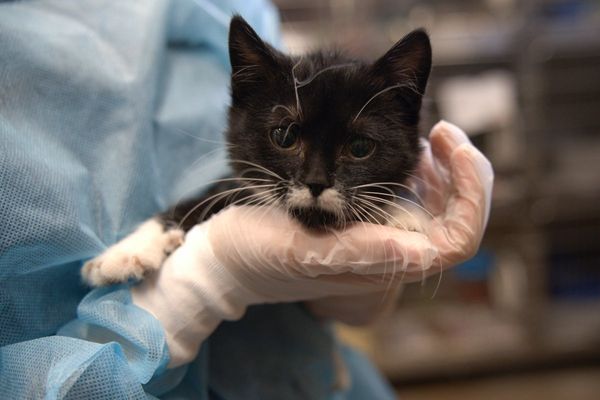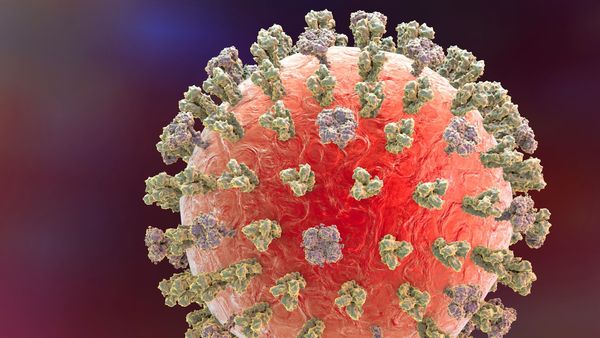It’s not easy for any kind of theme park these days. While Disney (DIS) has been bouncing back lately, the covid pandemic put a real hurt on these companies in 2020, and it’s been a slow road back to full capacity. Plus there’s increasing competition in the industry, as The Points Guy recently noted that 17 attractions opened this year alone, and a new theme park from Mattel is on the horizon.
But SeaWorld (SEAS) has very arguably had it worse than any other theme park in the past few years. Some theme parks suffer because they operate in a crowded market, or their main selling points seem a bit old fashioned and unappealing to modern customers. SeaWorld suffers because a big segment of the population feels like it should not exist.
And now the company yet again finds itself in the center of a public relations nightmare that once again has people questioning the company’s treatment of animals.
More Bad News For SeaWorld
Since opening in Orlando in 1964, SeaWorld has long been criticized by animal rights groups who alleged that the whale, dolphins and other sea creatures being kept in captivity and trained to perform tricks for people are being mistreated.
But those criticisms came to a head with the release of the 2013 documentary film “Blackfish,” which followed the story of Tilikum, an orca whale that was captured in 1983 by SeaLand of the Pacific, and later rescued by SeaWorld Orlando. The whale was subsequently involved in the deaths of three people. The film argued that the stress of being captured and then trained to perform tricks made the whales act aggressively towards humans and other orcas.
SeaWorld refuted the allegations, deeming the film to be propaganda. It subsequently spent $15 million on an advertising campaign that emphasized its contributions to the study of whales and rescue and conservation efforts. The company also doubled the size of the orca habitat at its three SeaWorld parks, and pledged $10 million in matching funds for killer whale research, which it said was in response to the documentary.
The company’s stock price ultimately fell 33% a year after the film was released, and the company was forced to pay $65 million to investors due to its impact.
But SeaWorld’s treatment of animals was brought back to the forefront this month after a video went viral of an Orca at SeaWorld San Diego attacking its tankmate, just one day after the death of an orca named Nakai.
The video, which was shared by PETA, seems to show one orca beaching itself, and then it is attacked from underneath. There appears to be blood in the water, and a child can be heard screaming. On Twitter, it quickly earned comparisons to “Blackfish.”
PETA has long called for the release of all captured whales.
SeaWorld Responds To Latest Video
SeaWorld shared a response to Newsweek concerning the video and the subsequent allegations of abuse that spread online.
"The video released by PETA is misleading and mischaracterized. In fact, it shows common orca behaviors exhibited by both wild populations and those in human care as part of natural social interactions. During the interaction, one of the orcas sustained some minor and superficial abrasions that pose no serious health risk.
"Numerous scientific papers have been published about these behaviors among wild orcas. The papers include documented physical evidence in orcas that resulted from these same types of interactions in the open ocean."







